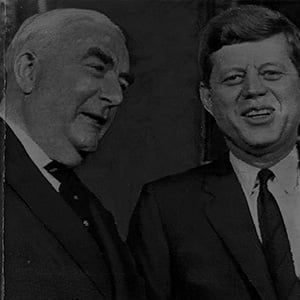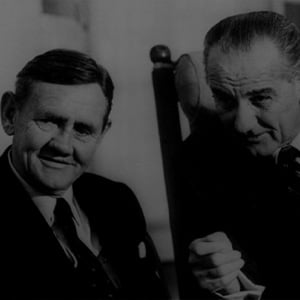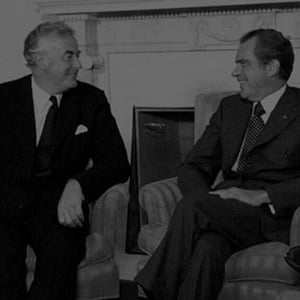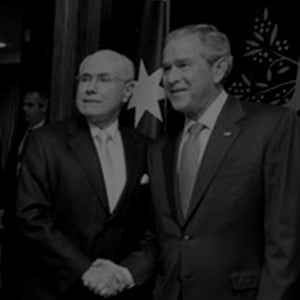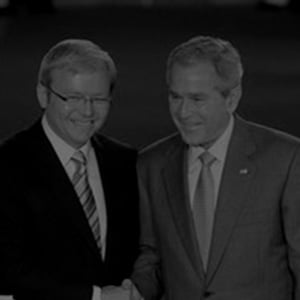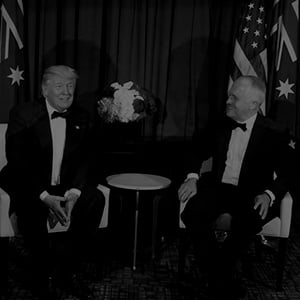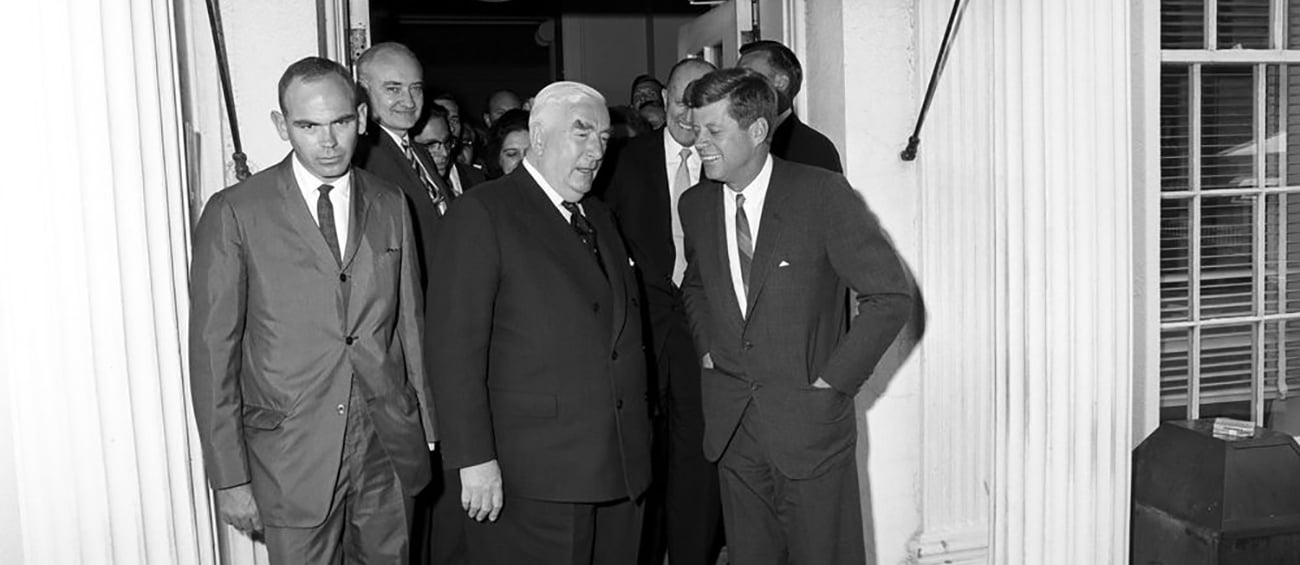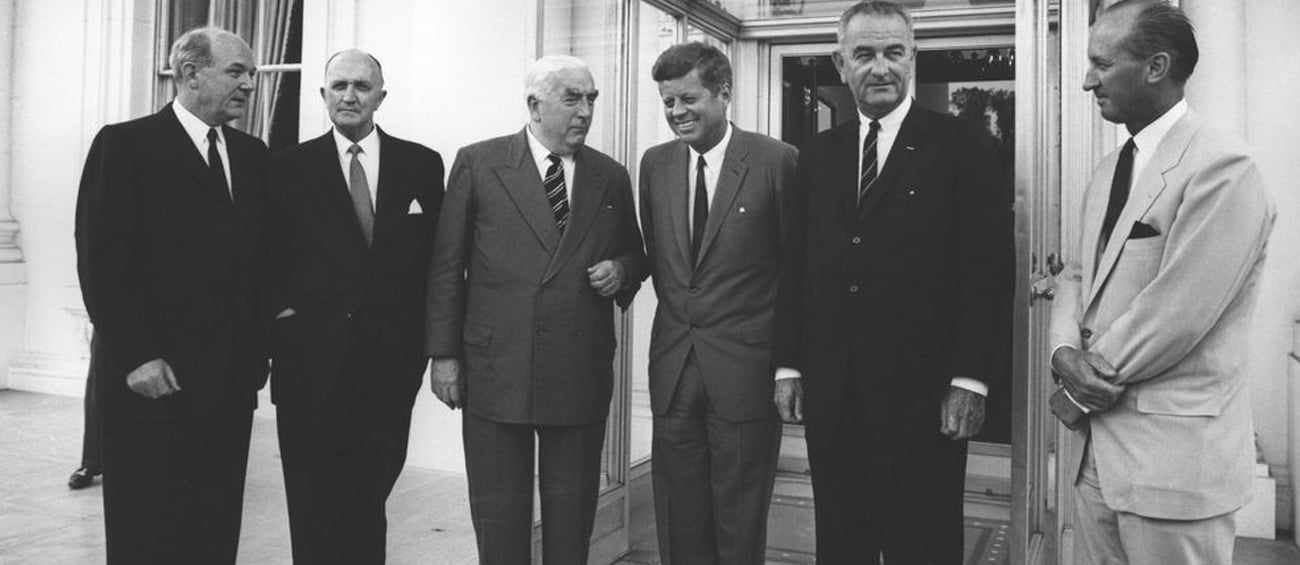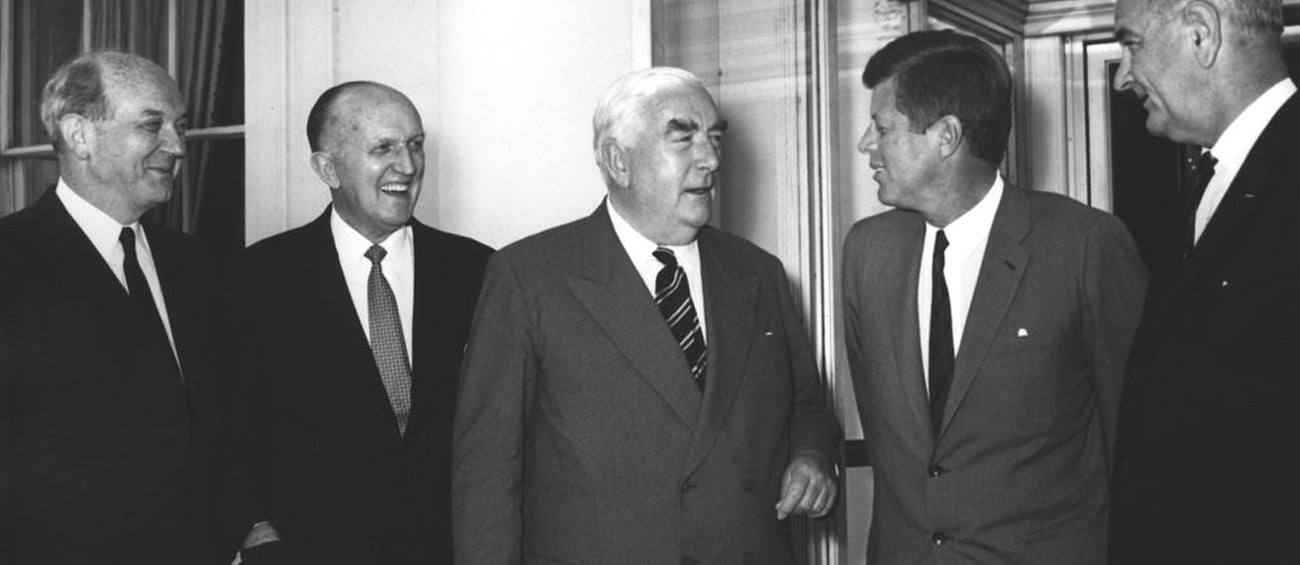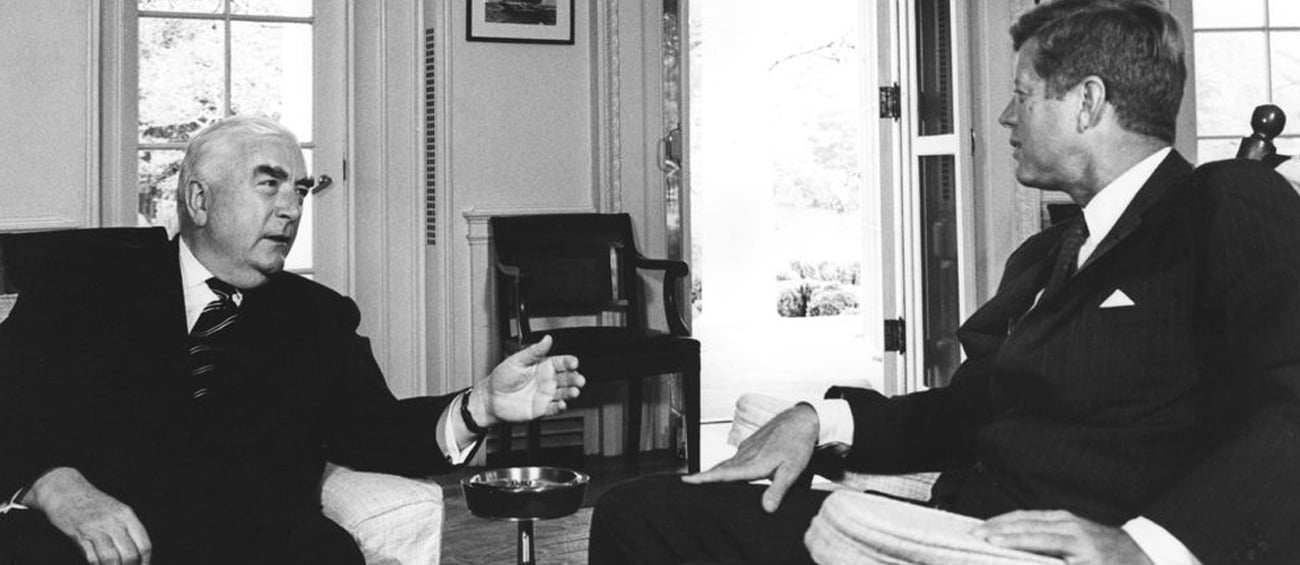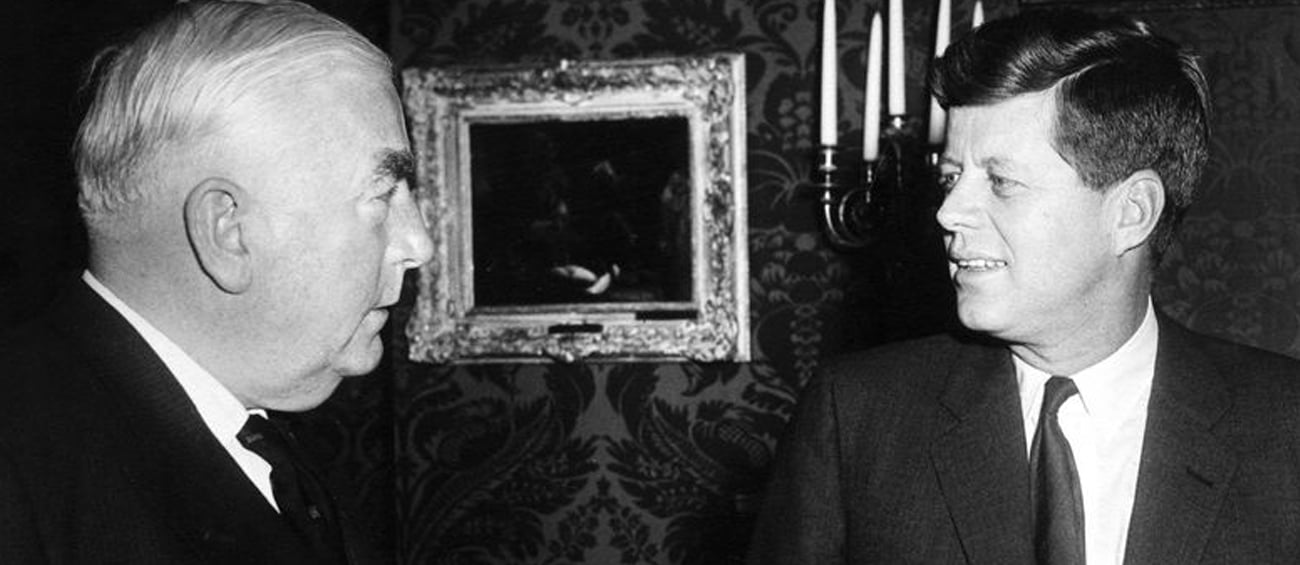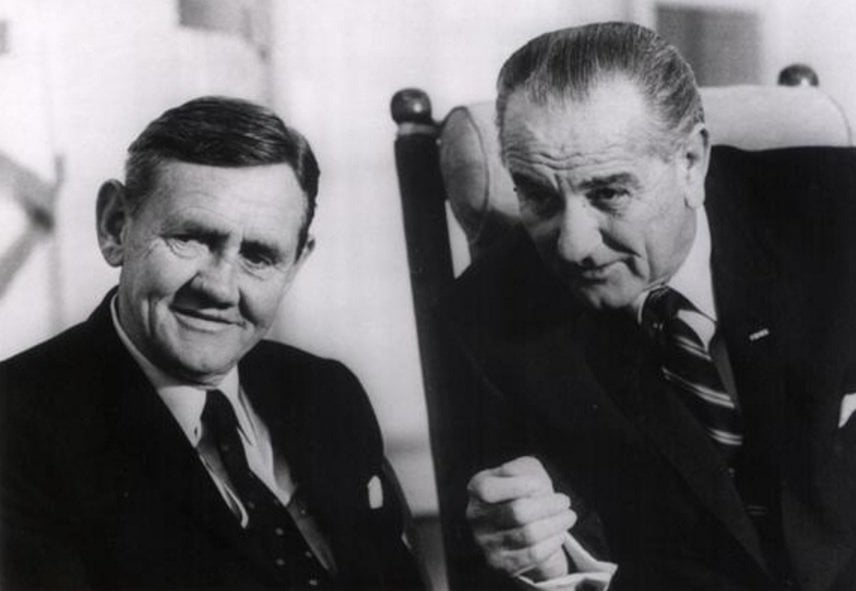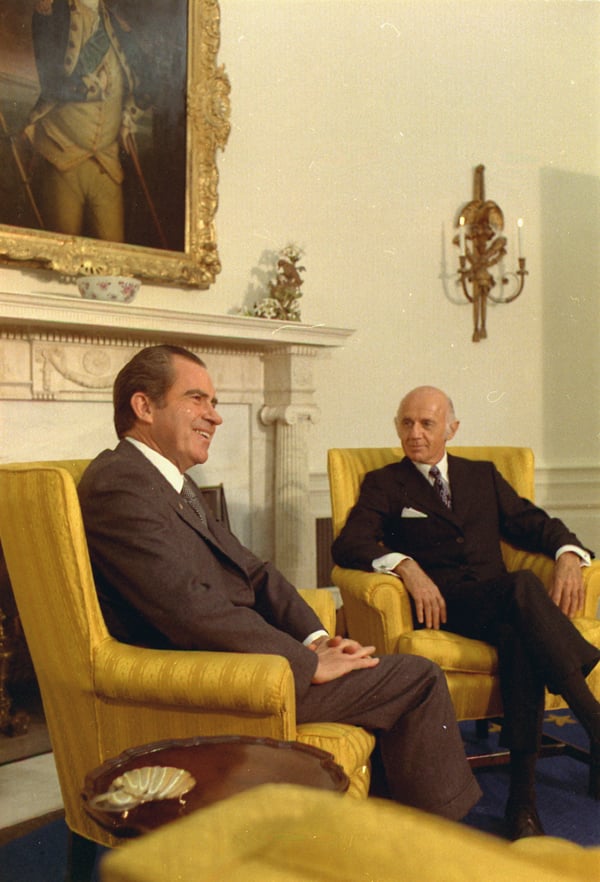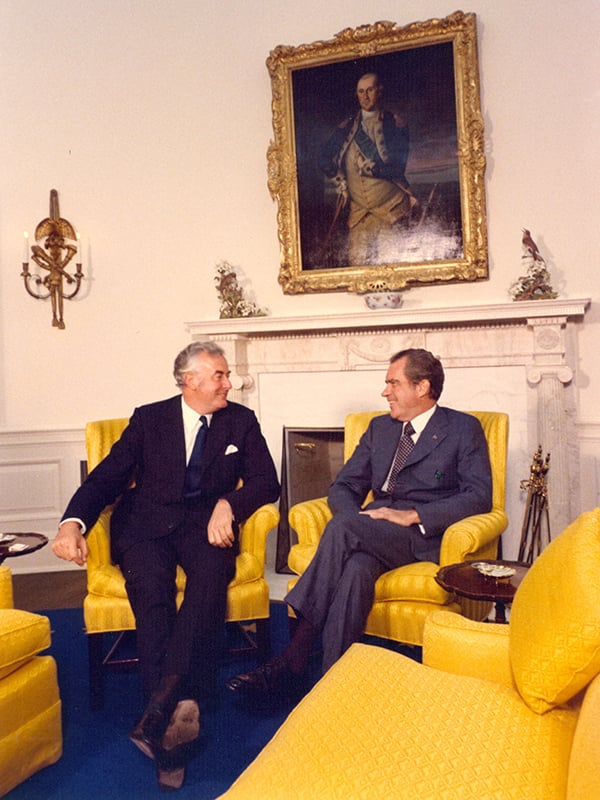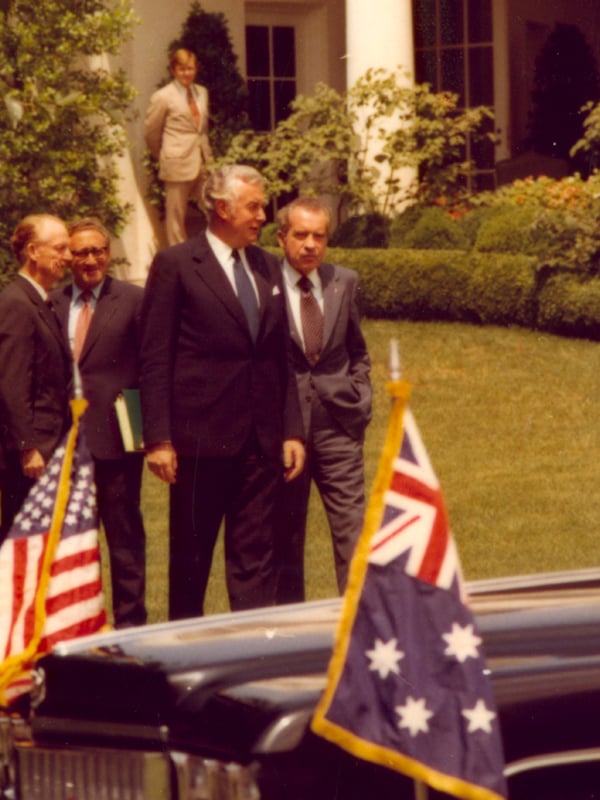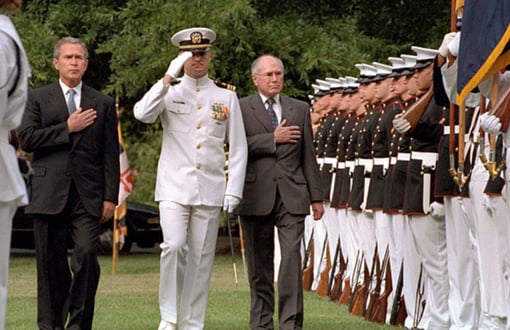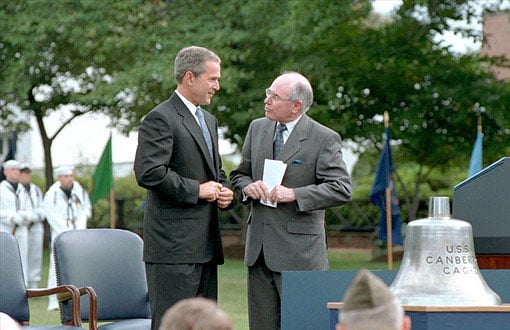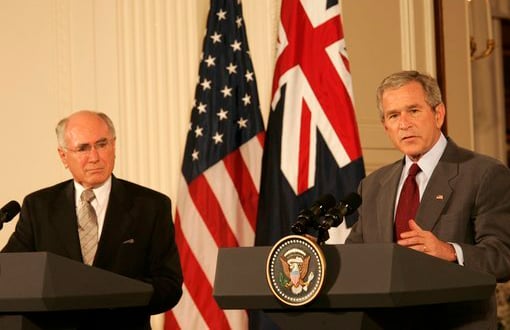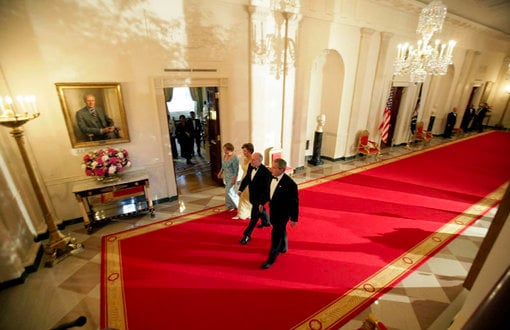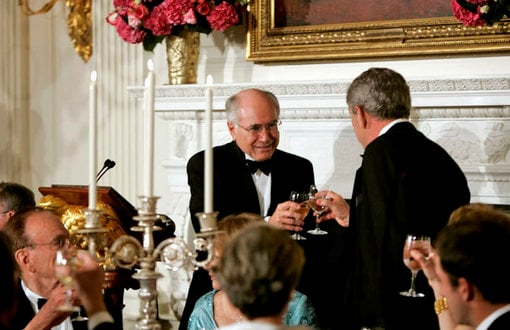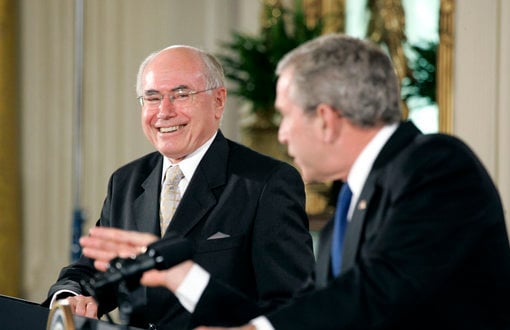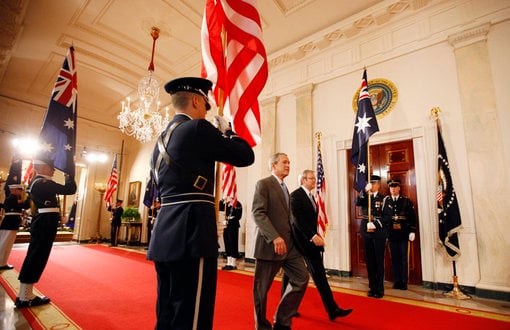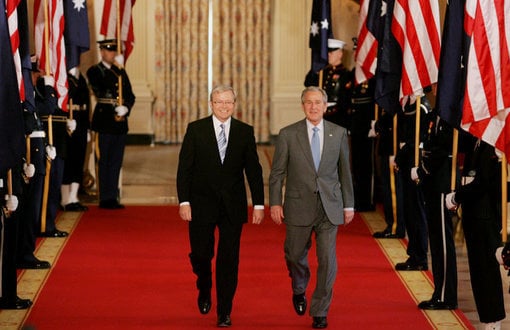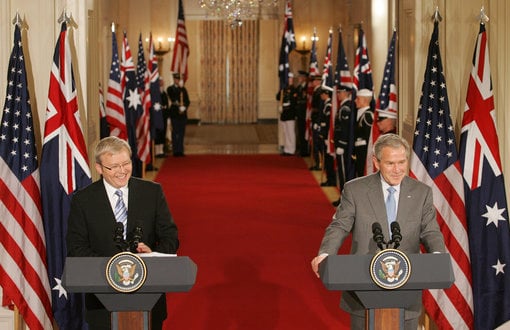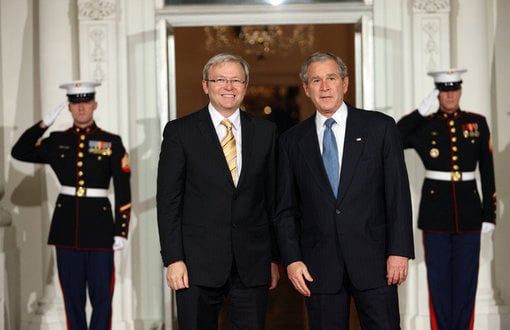Even before he became prime minister, Gough Whitlam had clear ideas
about how an Australian leader’s visit to Washington should transpire.
In opposition he had expressed his distaste for what he called
“coronations” on the South Lawn of the White House. He believed that
the relationship had become too captive of the relations between
leaders and that “adherence to ANZUS does not constitute a foreign
policy”. Only weeks after becoming prime minister, his first test in
the alliance would come. It would be brutal. Following his
condemnation of President Nixon’s so-called ‘Christmas bombings’ of
North Vietnam in December 1972, and in light of Whitlam’s belief that
Australia could have an Asia policy outside the framework of the US
alliance, Nixon and his National Security Advisor, Henry Kissinger,
were in no mood to issue an official invitation for Whitlam to visit.
This despite the fact that they were preparing to welcome the General
Secretary of the Communist Party of the Soviet Union at around the
same time.
For the first five months of 1973, the Nixon White House put Australia
in the diplomatic deep freeze. Whitlam, initially, was in denial and
became somewhat impatient with the constant press speculation about
whether or not he would be received by Nixon. He even expressed the
view that it should be possible “without formal planning for the Prime
Minister to stop for a chat at the White House”. All this “hoohah”, he
added, that “has accompanied visits by Sir Robert Menzies’ successors,
is sycophantic”.
But the snub became such a sensitive issue for Whitlam domestically
that he was forced to send his private secretary, Peter Wilenski, to
Washington to meet with Kissinger, clear the air, and press for a
White House invitation. Deputy Prime Minister Lance Barnard also
pleaded with the new American Ambassador, Marshall Green, to resolve
the matter, as it had become an “emotional issue” in Australia with
“average Australians” now concerned about the state of the
relationship. Opposition leader Billy Snedden wrote to Nixon imploring
him to invite Whitlam for the sake of the alliance’s future.
Nixon finally agreed to the Whitlam meeting through clenched teeth.
Kissinger had stressed that such an encounter was needed to “keep
Whitlam in line” on Asia policy. And Marshall Green believed the delay
in extending the White House invitation had made the Labor leader
“sweat a bit”, arguing that now was the time to try to “broaden”
Whitlam’s regional vision. The White House briefing notes prepared for
the Whitlam visit were full of the relish senior Nixon aides felt at
the prospect of their president delivering the Australian leader a
lecture on how the world really works.
Images from Whitlam’s visit to Washington. Image: Richard Nixon
Presidential Library and Archives
Whitlam got what he wanted: the most minimalist of visits. As one
editorial shrewdly observed, this was a “working visit between two
lawyers”.
Before going in to see the president, Kissinger assured Whitlam that
he would “keep the conversation [with Nixon] moving in various ways”.
Whitlam’s reply was surprising: “I would appreciate that”, he said.
“I’m not particularly inhibited, but I’m afraid I might freeze up with
him.” It was a
remarkable comment, and this account of Whitlam verging on stage
fright seems surprising given his signature single-mindedness in so
many other spheres of his political career, particularly on the world
stage.
Kissinger stressed Nixon’s distaste for being lectured, and that there
was no need for “softening” up the President:
…we are approaching this … with the attitude that Australians and
Americans have strong emotional bonds. This is reflected in our
ties. We can’t deny that we have had some strains recently — but we
consider these a matter of the past … we are not looking for the
slightest confrontation.
In the Oval Office, Nixon did not mince words. Now was not the time,
he told his guest, for flirtation with new ideas of regional
cooperation or zones of peace. There was a need to resist the
isolationist trends in public opinion. As Nixon put it:
Suppose we were to face another crisis in Berlin or the Middle East,
our intellectuals would demand that we stay out of these affairs and
we would have a hard time exercising influence. Thus we really have
to decide whether we are going to opt out of the world.
Nixon told Whitlam he had “never met an Aussie [he] didn’t like”, but
his message was clear — any Australian withdrawal from military
commitments in Malaysia and Singapore, for instance, could have
“tragic consequences”. Whitlam’s response was one of reassurance,
telling the president that “it is widely understood that Australia’s
effectiveness in its relations with Asia depends upon a reputation for
good relations with the US”.
In public, however, Whitlam kept to his theme of updating the alliance
for the new times. During his speech to the National Press Club, which
came immediately after his meeting with Nixon, Whitlam reaffirmed that
ANZUS was not the “be-all and end-all” of the relationship and that it
should not be the only significant factor in Australia’s relations
with the United States. He rejected as “absurd” the idea that his
country was “moving into a different ideological orbit”. Rather “what
we are trying to do is break out of a kind of ideological isolationism
which has limited the conduct of our affairs in the past”. Giving
voice to his own view that the region around Australia should be kept
free of superpower rivalry, he emphasised that “in our dealings with
all the countries of that region we think it is time for an
ideological holiday”. In his address, Whitlam came to the heart of the
new relationship:
…we are not a satellite of any country. We are a friend and partner
of the United States particularly in the Pacific but with
independent interests of our own.





